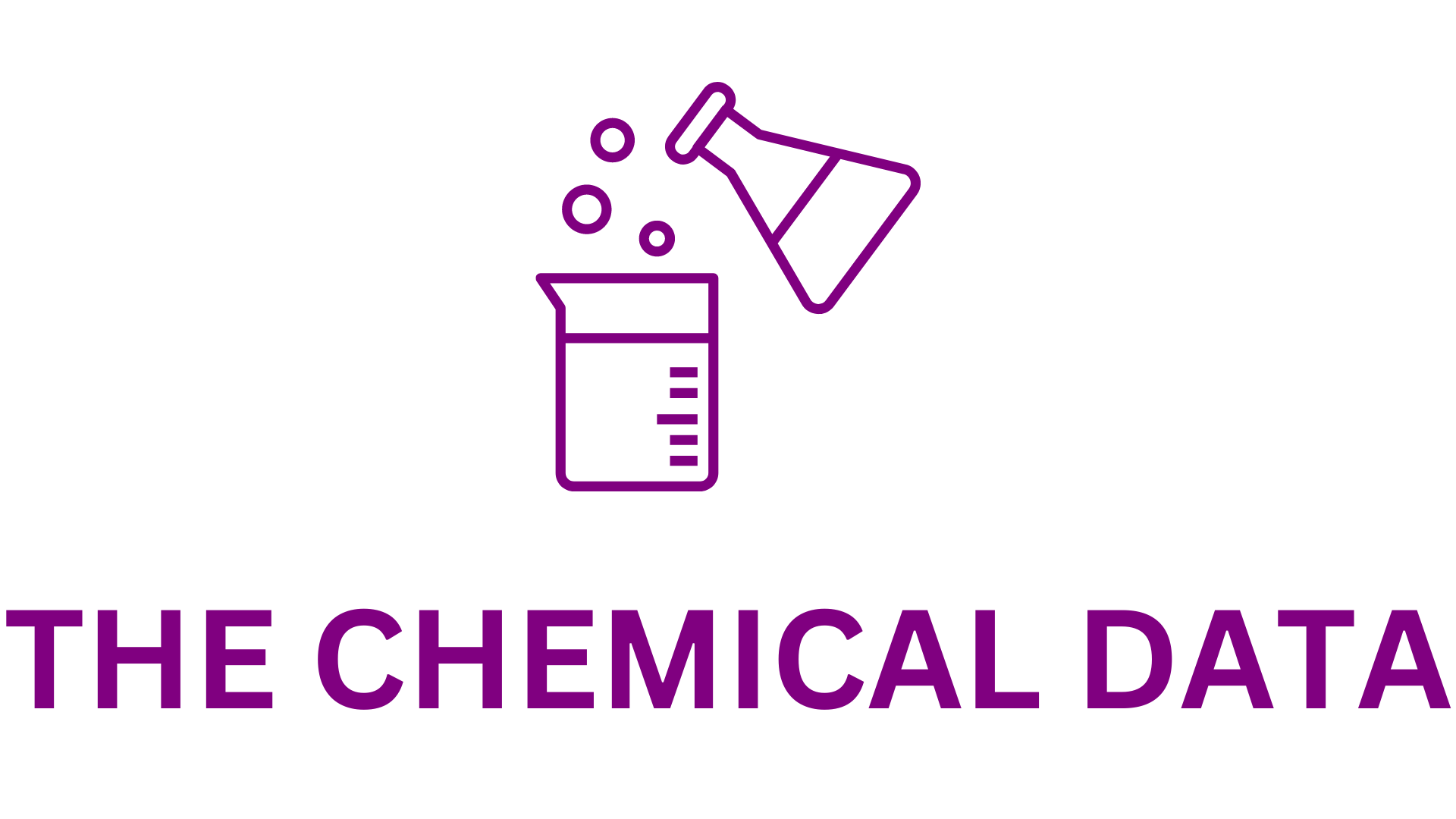
Bayer’s Sevabertinib (BAY 2927088) Receives FDA Priority Review for HER2-Mutant Non-Small Cell Lung Cancer
FDA Bayer has announced that its investigational compound, sevabertinib (BAY 2927088), has been granted Priority Review status by the U.S. Food and Drug Administration (FDA) for the treatment of adult patients with advanced non-small cell lung cancer (NSCLC) harboring activating HER2 (ERBB2) mutations, who have received prior systemic therapy. This designation underscores the potential of sevabertinib to address a significant unmet medical need in this patient population.
Understanding HER2-Mutant NSCLC
FDA Non-small cell lung cancer accounts for approximately 85% of all lung cancer cases. Within this group, activating mutations in the HER2 gene are present in about 2% to 4% of advanced NSCLC cases. These mutations are more commonly found in younger, non-smoking women. Patients with HER2-mutant NSCLC often face a poor prognosis and have limited treatment options, highlighting the need for targeted therapies.
Sevabertinib (BAY 2927088)
FDA Sevabertinib is an oral, reversible tyrosine kinase inhibitor (TKI) that selectively inhibits mutant forms of HER2, including exon 20 insertions and point mutations, as well as mutant epidermal growth factor receptors (EGFR). The compound was developed through a strategic research alliance between Bayer and the Broad Institute of MIT and Harvard. It is currently being evaluated as a potential targeted treatment option for patients with NSCLC harboring HER2 activating mutations.
Clinical Evidence from the SOHO-01 Trial
The FDA’s Priority Review designation is supported by positive results from the ongoing Phase I/II SOHO-01 trial (NCT05099172), which is assessing the safety and efficacy of sevabertinib in patients with advanced NSCLC harboring HER2-activating mutations. The trial includes patients who have experienced disease progression after at least one prior systemic therapy and who are naïve to HER2-targeted TKIs.
As of October 14, 2024, 44 patients in Cohort D (HER2-targeted therapy-naïve) and 34 patients in Cohort E (previously treated with HER2-targeted antibody-drug conjugates) were treated with oral sevabertinib at a dose of 20 mg twice daily. In Cohort D, the investigator-assessed objective response rate (ORR) was 70.5%, with a disease control rate (DCR) of 81.8%. The median duration of response (DOR) was 8.7 months. In Cohort E, the ORR was 35.3%, DCR was 52.9%, and median DOR was 9.5 months.
Notably, patients with HER2 YVMA insertions, the most frequent mutation, demonstrated an ORR of 90.0%, a DOR of 9.7 months, and progression-free survival (PFS) of 9.9 months.
Safety Profile
The safety profile of sevabertinib was found to be manageable and consistent with previous reports. Treatment-related adverse events (TRAEs) were reported in 95.5% of patients, with grade 3 TRAEs in 40.9%. The most common TRAE was diarrhea (86.4%, with 25.0% being grade 3), followed by rash (43.2%) and paronychia (25.0%). Three patients (6.8%) discontinued treatment due to TRAEs.
Breakthrough Therapy Designation
In addition to the Priority Review, sevabertinib has received Breakthrough Therapy designation from the FDA. This designation is intended to expedite the development and review of drugs that are intended to treat serious or life-threatening conditions and have shown preliminary clinical evidence indicating that the drug may demonstrate substantial improvement over existing therapies.
Ongoing and Future Studies
Bayer is continuing to investigate sevabertinib in various clinical trials. The Phase III SOHO-02 trial is assessing the efficacy and safety of sevabertinib as a first-line therapy in patients with advanced NSCLC harboring HER2-activating mutations. Additionally, the Phase II panSOHO basket trial is evaluating sevabertinib in adult patients with metastatic or unresectable solid tumors harboring HER2-activating mutations, including tumors of the colon, rectum, uterus, cervix, bladder, and biliary tract.







